The Rebel Brand Archetype
The Rebel brand archetype provokes. They stand out from the crowd. Like the Creative, they resent conformity. However, they’re more roguish or aggressive about it. They enjoy going against the grain and avoiding the mainstream. They take pride in thinking for themselves. If taken to extremes, the rebel can become self-destructive.
The rebel brand can be summed up by one word: radical.
They come up with truly off the wall products. But unlike the magician, who creates just to create, the rebel is trying to solve a problem in a new way. Often, there is the implication that the novel solution is ‘common sense,’ or that it should have been there all along. The rebel brand, then, is not just innovating for the sake of innovating, they’re making the world a more logical place. But there’s a slight feeling of danger to this, as if they’re willing to go a tad bit too far to get the job done.
Provocative
Rebel brands provoke and challenge, standing out from the crowd with a roguish, aggressive approach to non-conformity.
Disruptive
These brands go against the grain, solving problems in radical new ways that make the world more logical.
Independent
Rebel brands take pride in thinking for themselves, avoiding the mainstream with a slight edge of danger.
Strengths
Brand Promise: Change
Goal: To shake things up.
Strategy: Innovate with out of the box thinking yet provide practical solutions that are in demand.
Personality to project: The outsider, the strong silent type, the anti-conformist.
Ideal Customer: The rebel archetype appeals to customers who are tired of the same old thing. They want change, and they want it now.
Color: Burgundy
Weakness
Weakness: They can be perceived as argumentative, confrontational, or overly-dramatic. This has to be played very carefully in your messaging. You need to keep your finger on the audience’s pulse at all times and be ready to tone down the rebel attitude as soon as you see a conflict with the audience.
Potential solutions:
- Monitor audience sentiment closely and adjust messaging when necessary to avoid alienation.
- Balance disruption with constructive solutions—rebel for a purpose, not just for attention.
- Show the practical benefits of your rebellious approach—prove it’s not just theatrics.
Suggested Color Palette
This is just a suggested palette. Colors should be selected based on a robust brand strategy and should be part of the brand identity development.
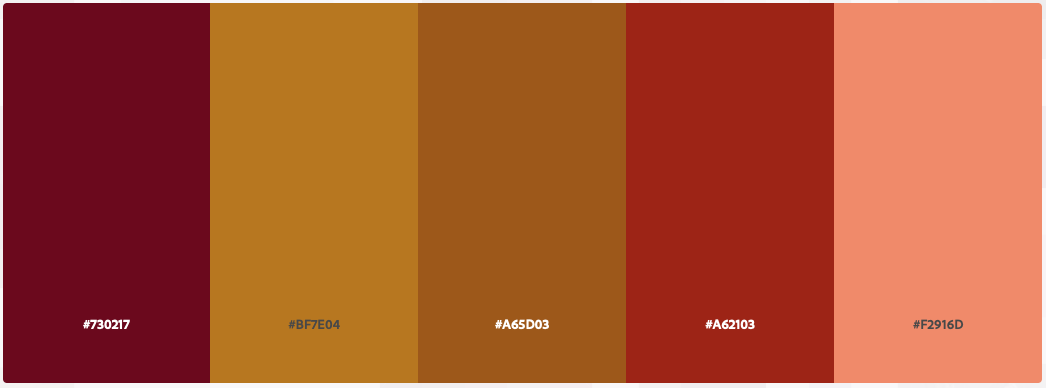

Rebel Brand Examples
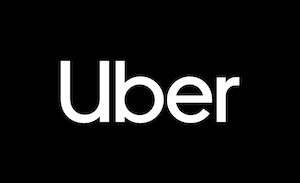
Uber
No company in recent memory has generated as much ire, nor inspired as much awe and loyalty as Uber has. The company has had its ups and downs, but there’s no doubt that it set out to do something different, and in that, it succeeded.
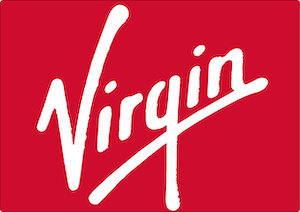
Virgin
Virgin is always pushing the boundaries of what’s possible. Even the name was a stretch when the company was founded in 1970.
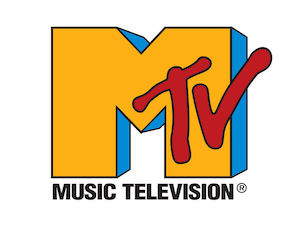
MTV
MTV revitalized the music industry with its music videos, but it was its rebellious nature that hooked an entire generation.
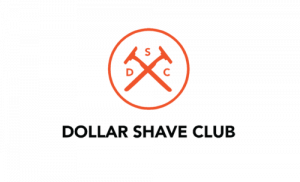
Dollar Shave Club
Dollar Shave Club hit the scene offering a novel solution: a subscription service that sent razors right to your door. Their messaging cleverly set them up as a rebel, rejecting the traditional shaving experience. They sought to help consumers escape the nicks and cuts caused by cheap disposable razors.
Frequently Asked Questions
How can our brand maintain its uniqueness and continue to break the mold without watering down our distinctive qualities as a Rebel archetype?
Maintaining uniqueness and continuing to break the mold as a Rebel archetype involves a careful balance of consistency and innovation. Here are some steps your brand could take:
- 1Understand and Uphold Your Core Values: Your brand’s core values serve as its foundation. As a Rebel archetype, these values might center around independence, innovation, or challenging the status quo.
- 2Embrace and Nurture Innovation: The Rebel archetype thrives on innovation and disruption. Encourage creativity and out-of-the-box thinking within your team.
- 3Consistent Messaging: While a Rebel brand may be unconventional, consistency in brand messaging is crucial. Maintain a clear, consistent voice and ethos across all platforms.
- 4Stay True to Your Audience: Your customers are attracted to your brand because of its uniqueness and rebellious nature. Keep them at the center of your brand strategy.
- 5Avoid Conformity for the Sake of Growth: Growth should not come at the expense of your brand’s identity.
Remember, as a Rebel archetype, your brand’s strength lies in its ability to stand out from the crowd, challenge the status quo, and bring fresh, innovative ideas.
How can we implement a strategy of disruption and disturbance that aligns with the Rebel archetype’s goal of revolution?
Implementing a strategy of disruption and disturbance as a Rebel archetype involves challenging the status quo and bringing about change in your industry:
- 1Innovate Your Product or Service: Deliver it significantly differently, more efficiently, or better than currently available. Innovation doesn’t always mean inventing something completely new.
- 2Challenge Conventional Wisdom: Look for widely accepted practices or beliefs in your industry that could be wrong or outdated, and challenge them.
- 3Change the Business Model: Look at traditional business models that haven’t changed for years and see where there’s room for improvement.
- 4Focus on Customer Experience: Disrupt the customer experience in your industry through the purchasing process, customer support, and beyond.
- 5Leverage Technology: Stay updated with the latest technology trends and consider how they could be applied to your business.
Remember, being a Rebel archetype is not just about being different—it’s about making a difference. Your brand should aim to bring about a positive change that benefits your customers and the industry.
How can we project the personality of a misfit, an outcast, or a rebel to appeal to customers who want change and are willing to disrupt the status quo?
Projecting the personality of a misfit, an outcast, or a rebel involves creating a brand identity that challenges norms and communicates your brand’s unique perspective:
- 1Develop a Unique Visual Identity: Create a visual identity that stands out with a unique logo, color scheme, or typography that doesn’t conform to typical industry aesthetics.
- 2Craft a Distinctive Brand Voice: Use bold, unconventional, and perhaps even controversial language. It’s not just about what you say but how you say it.
- 3Tell Your Brand Story: Share your brand’s journey and the challenges you’ve overcome. Emphasize how your brand is different and why it chose to challenge the status quo.
- 4Offer Unconventional Products or Services: Your products or services should be as unique as your personality, offering different perspectives or solving problems in challenging ways.
- 5Engage in Unique Ways: Take a stand on controversial issues, be brutally honest, or engage with your audience more personally and directly.
- 6Support Aligned Causes: Openly support causes or movements that align with your brand’s rebel identity.
Remember, the goal is to attract customers who share your brand’s values and are looking for a brand that challenges the status quo. Authenticity is key—your rebel personality should truly reflect your brand’s values and mission.
How can we avoid being perceived as destructive or dangerous in our marketing and communications, considering the potential pitfalls of the Rebel archetype?
Avoiding perceptions of being destructive or dangerous while embodying the Rebel archetype requires strategic communication and careful positioning:
- 1Emphasize Constructive Change: Position your brand as challenging the status quo not for destruction’s sake but to build something better. Highlight the positive outcomes and improvements your brand brings.
- 2Show Responsibility: Demonstrate that your brand is thoughtful and responsible in its rebellious actions. This can involve transparency about your processes, ethical business practices, and accountability.
- 3Balance Boldness with Empathy: While being bold and provocative, show empathy and understanding for your customers’ concerns and needs.
- 4Provide Solutions: Always couple your critique or challenge of the status quo with practical, beneficial solutions.
- 5Monitor Audience Sentiment: Keep your finger on the pulse of your audience’s reactions and be ready to adjust your messaging if it’s being perceived negatively.
- 6Be Authentic: Ensure your rebellious positioning is authentic to your brand and not just a marketing ploy. Customers can sense insincerity.
By focusing on positive change, showing responsibility, and maintaining authenticity, your brand can embody the Rebel archetype without being perceived as destructive or dangerous.
How do we ensure our brand stays relevant and doesn’t become obsolete as markets and customer preferences change?
Ensuring your Rebel brand stays relevant as markets and preferences evolve requires continuous innovation and adaptability:
- 1Continuous Innovation: Never stop innovating. Rebels lead change, so your brand should constantly be exploring new ideas, technologies, and approaches.
- 2Stay Connected to Your Audience: Regularly engage with your customers to understand their evolving needs and preferences. Use feedback to inform your innovation.
- 3Monitor Trends: Keep a close eye on market trends, emerging technologies, and cultural shifts. Be ready to adapt while staying true to your core values.
- 4Reinvent Regularly: Don’t be afraid to reinvent aspects of your brand when necessary. Rebels aren’t static—they evolve and transform.
- 5Challenge Yourself: Apply your rebellious spirit to your own brand. Question your own assumptions and be willing to disrupt your own status quo.
The key is to balance consistency in your core rebellious identity with flexibility and adaptability in how you express and execute that identity over time.
